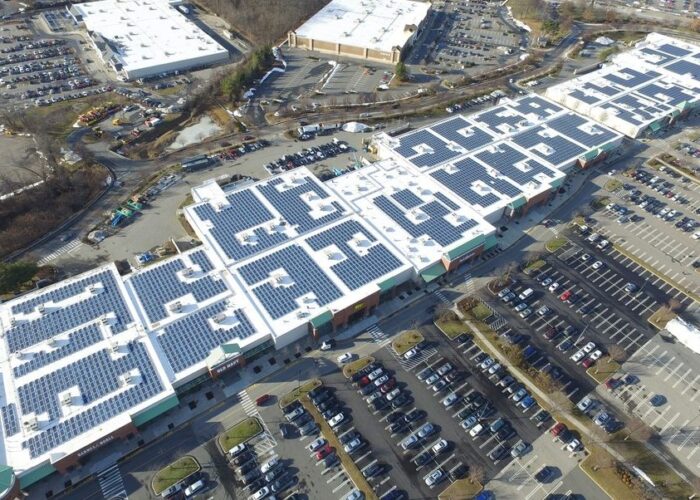
Last week, the US Federal Energy Regulatory Commission (FERC) published the final draft rule of a new programme to reform the procedures that govern interconnections in the US energy grid.
The draft rules, dubbed “Item E-1”, are intended to improve the efficiency of the country’s energy grid. The reforms intend to eliminate backlogs in the interconnection queue, improve the certainty of the cost and timings associated with building new grid infrastructure and “prevent undue discrimination for new technologies,” according to FERC, as the commission looks to encourage technological innovation in the sector in the long-term.
Try Premium for just $1
- Full premium access for the first month at only $1
- Converts to an annual rate after 30 days unless cancelled
- Cancel anytime during the trial period
Premium Benefits
- Expert industry analysis and interviews
- Digital access to PV Tech Power journal
- Exclusive event discounts
Or get the full Premium subscription right away
Or continue reading this article for free
“This new rule will enable America’s vast power generation resources to connect to the grid in a reliable, efficient, transparent and timely manner, and in doing so, help provide more reliable, resilient and affordable electricity for all consumers,” said FERC chairman Willie Phillips. “This is a watershed moment for our nation’s transmission grid.”
The proposed rule would make four changes to the administrative process involved in the US grid. It will implement what the FERC calls a “cluster study process”, where transmission providers will be able to consider multiple options for power generating facilities at once. The reform would also tighten the requirements for new projects vying for grid connection with “financial deposits and site control conditions”.
The rule would also impose penalties on transmission providers which fail to complete interconnection studies on time, further disincentivising delays in the interconnection process. It would also introduce uniform modelling standards for interconnection forecasts across the sector.
The reforms will also introduce a raft of changes regarding technological innovation, with additional generating facilities added to existing power facilities no longer automatically considered a “material modification”, which could require additional permitting. It would also require transmission providers to evaluate “alternative transmission technologies” in their studies, raising the possibility of interconnection innovation to be adopted by the sector.
Meeting growing solar demand
The proposed rule changes could be particularly important, considering the vast renewable capacity currently waiting for connections to the US energy grid. FERC notes that by the end of last year, there was more than 1TW of generation and storage waiting to be connected to the grid, of which 947GW was solar generation capacity alone, more than any other power source.
Renewable and storage capacity waiting for grid connections increased 40% between 2021 and 2022, a consequence of significant new solar investment in the US. Earlier this year, the US Solar Energy Industries Association reported that the US installed 6.1GWdc of capacity in the first quarter of the year, a 47% increase from the first quarter of 2022 and the most installed in a single quarter in US history.
Considering the rapid growth in appetite for domestic US solar, streamlining the administrative processes involved in solar connection could make a significant impact on the US grid.
“Our transmission policies must keep pace with the rapid changes in the makeup of our nation’s power generation resource mix,” said Phillips. “Today’s rule is an important milestone. But there is so much more to do. The commission is working diligently on how to address the key issues of regional transmission planning and cost allocation.”
The proposed rules coincide with the launch of a number of reforms in US energy infrastructure, including new renewable permitting proposed by the Council on Environmental Quality, and the Department of Energy’s Cleanup to Clean Energy initiative, as US organisations look to optimise the efficacy of their energy infrastructure.






